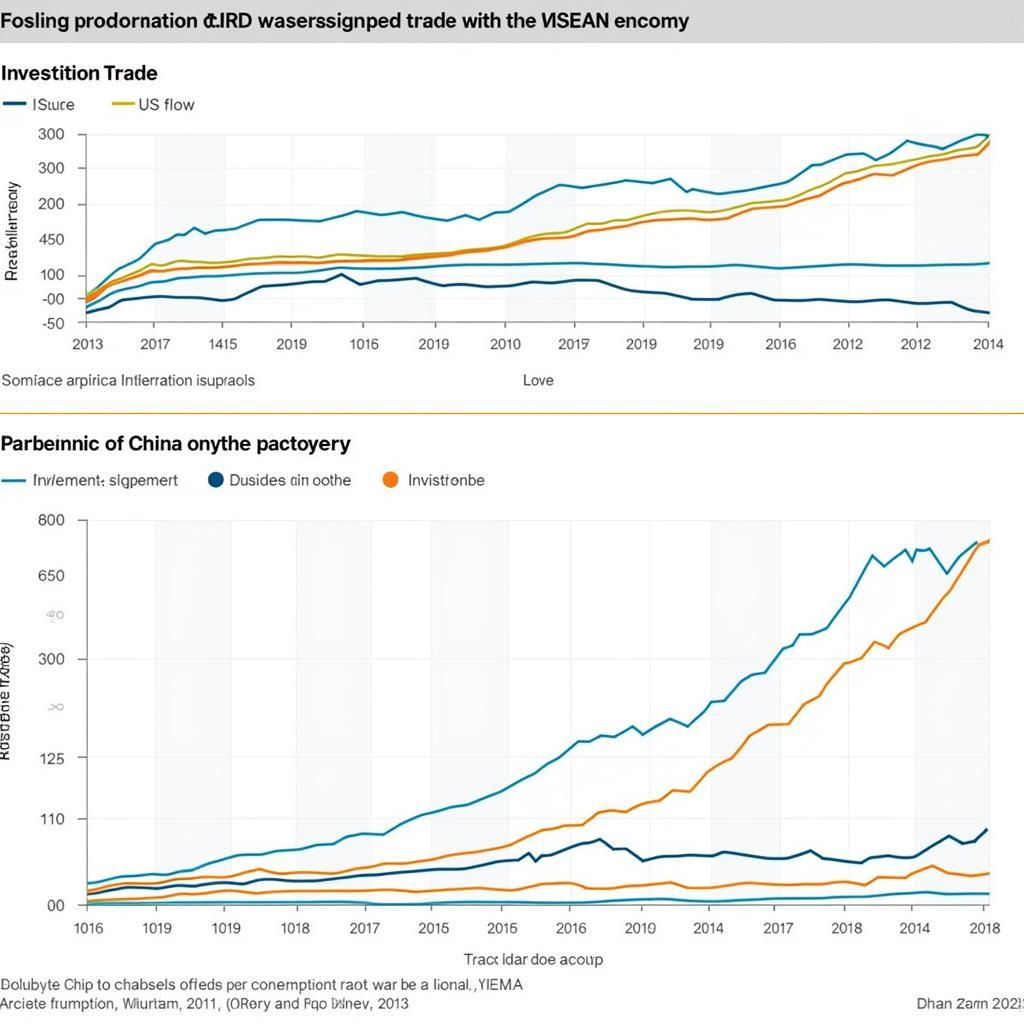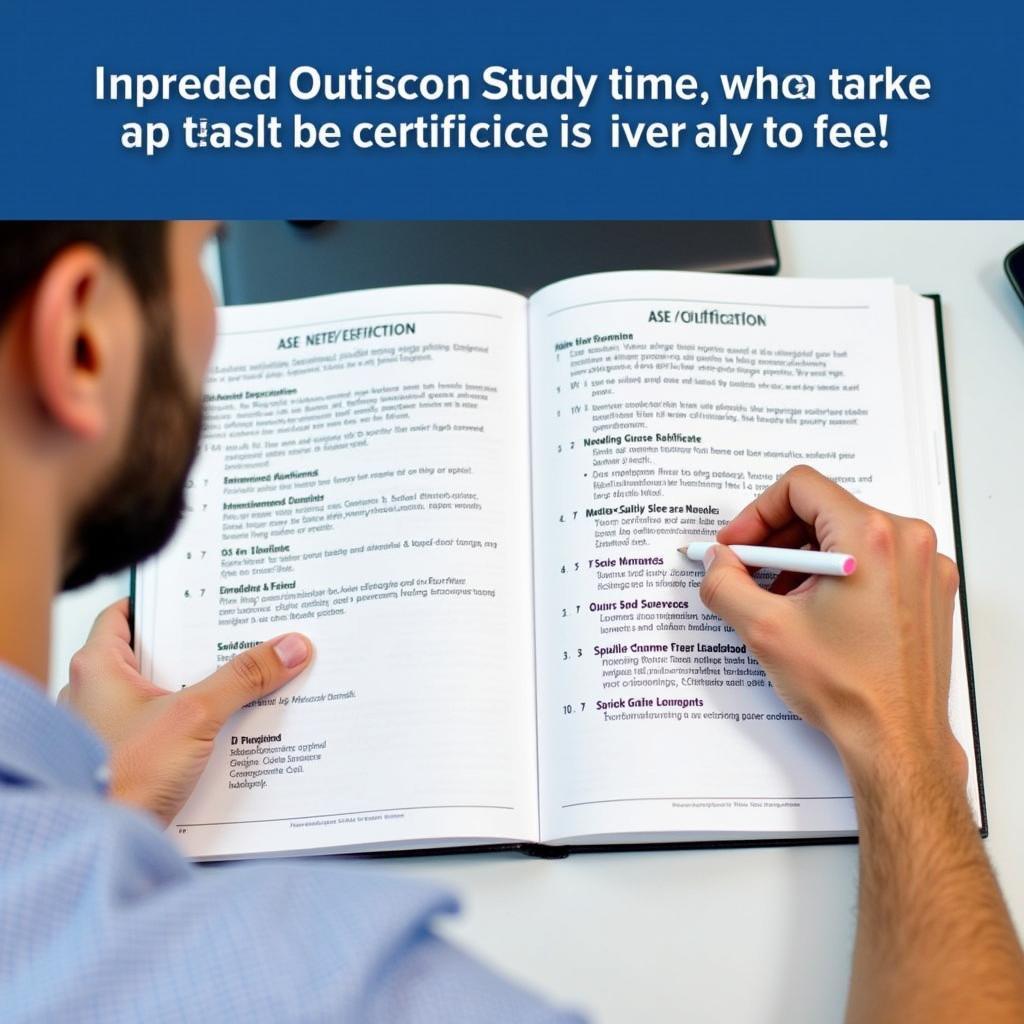The ASE guidelines for LV function assessment provide a comprehensive framework for evaluating left ventricular (LV) function, a crucial aspect of cardiac health. These guidelines, developed by the American Society of Echocardiography (ASE), offer valuable insights into various echocardiographic techniques and measurements used to assess LV size, systolic function, and diastolic function.
Importance of ASE Guidelines in LV Function Evaluation
Accurate assessment of LV function is critical for diagnosing and managing a wide range of cardiovascular conditions. The ASE guidelines provide a standardized approach to LV function assessment, ensuring consistency and accuracy in echocardiographic measurements and interpretation. This standardization is essential for:
- Early Detection of Cardiac Abnormalities: The ASE guidelines assist clinicians in identifying early signs of LV dysfunction, even before the onset of noticeable symptoms.
- Accurate Diagnosis: By providing standardized criteria for evaluating LV size and function, the guidelines aid in the accurate diagnosis of various cardiac conditions, including heart failure, valvular heart disease, and cardiomyopathies.
- Effective Treatment Planning: Accurate assessment of LV function using ASE guidelines helps clinicians determine the most appropriate treatment strategies for individual patients.
- Monitoring Treatment Response: The guidelines enable healthcare providers to monitor the effectiveness of cardiac treatments and make necessary adjustments to optimize patient outcomes.
Key Parameters in ASE Guidelines for LV Function Assessment
 Key Parameters in LV Function Assessment
Key Parameters in LV Function Assessment
The ASE guidelines encompass a comprehensive set of parameters for evaluating LV function, including:
Assessing LV Size and Volume
- Left Ventricular Ejection Fraction (LVEF): LVEF is a crucial measure of the heart’s pumping ability, representing the percentage of blood ejected from the left ventricle with each heartbeat.
- Left Ventricular End-Diastolic Volume (LVEDV) and Left Ventricular End-Systolic Volume (LVESV): These measurements provide insights into the volume of blood in the left ventricle at the end of diastole (relaxation) and systole (contraction), respectively.
Evaluating LV Systolic Function
- Fractional Shortening (FS): FS measures the percentage change in left ventricular diameter during systole, providing an indication of the heart’s contractility.
- Global Longitudinal Strain (GLS): GLS is a more sensitive measure of myocardial deformation and can detect subtle abnormalities in LV systolic function.
Assessing LV Diastolic Function
- Diastolic Function Parameters: The ASE guidelines outline various parameters for assessing diastolic function, including mitral inflow velocities, tissue Doppler imaging, and left atrial volume. These parameters help evaluate the heart’s ability to relax and fill with blood.
Role of Echocardiography in Applying ASE Guidelines
 Echocardiography for ASE Guidelines Application
Echocardiography for ASE Guidelines Application
Echocardiography plays a pivotal role in applying the ASE guidelines for LV function assessment. This non-invasive imaging technique uses sound waves to create detailed images of the heart, allowing clinicians to visualize and measure various cardiac structures and functions.
- 2D Echocardiography: Provides two-dimensional images of the heart, enabling the assessment of LV size, wall thickness, and chamber dimensions.
- M-Mode Echocardiography: Generates a one-dimensional “ice pick” view of the heart, allowing for precise measurements of cardiac structures and motion over time.
- Doppler Echocardiography: Utilizes the Doppler effect to measure blood flow velocities within the heart, providing insights into valvular function and blood flow patterns.
- Tissue Doppler Imaging: Measures the velocity of myocardial motion, offering valuable information about diastolic function and myocardial strain.
Benefits of Adhering to ASE Guidelines
Adhering to the ASE guidelines for LV function assessment offers several benefits for both clinicians and patients:
- Improved Accuracy and Reliability: Standardized measurements and interpretations enhance the accuracy and reliability of echocardiographic assessments.
- Enhanced Communication Among Healthcare Providers: The guidelines facilitate clear communication among cardiologists, sonographers, and other healthcare professionals involved in patient care.
- Improved Patient Outcomes: Accurate LV function assessment using ASE guidelines contributes to better-informed clinical decisions, leading to more effective treatment strategies and improved patient outcomes.
Conclusion
The ASE guidelines for LV function assessment provide an invaluable framework for evaluating cardiac health. By adhering to these guidelines, healthcare providers can ensure accurate and reliable assessment of LV function, leading to timely diagnosis, effective treatment planning, and improved patient outcomes. As a vital tool in cardiovascular care, the ASE guidelines play a crucial role in advancing cardiac health and improving the lives of patients with heart conditions.
FAQ
What is the normal range for LV ejection fraction?
A normal LV ejection fraction is typically between 55% and 70%.
What are some common causes of LV dysfunction?
Common causes of LV dysfunction include coronary artery disease, hypertension, valvular heart disease, and cardiomyopathies.
How often should LV function be assessed?
The frequency of LV function assessment depends on the underlying cardiac condition and the individual patient’s clinical status.
What are some lifestyle modifications that can improve LV function?
Lifestyle modifications such as regular exercise, a heart-healthy diet, stress management, and smoking cessation can positively impact LV function.
What are the treatment options for LV dysfunction?
Treatment for LV dysfunction varies depending on the underlying cause and severity of the condition and may include medications, lifestyle modifications, or surgical interventions.
Need Help with LV Function Assessment?
For any questions or concerns related to LV function assessment or cardiovascular health, please contact us at Phone Number: 0369020373, Email: aseanmediadirectory@gmail.com, or visit us at our office located in Ngoc Lien Village, Hiep Hoa, Bac Giang, Vietnam. Our dedicated team of healthcare professionals is available 24/7 to provide comprehensive support and guidance.


